I’m gonna surf this ink to the end of the world, where the formless beasts are trying to devour the stories that make up the creation. Or something to that tune; I don’t think you’ll ever be able to surf in Inkbound. The game had tech test this weekend and I managed to rope in a friend to try it once more after my recent Inkbound preview.
As hinted at in the intro, Inkbound is a game about being a newly-born ink being, thrust immediately into the fight against the forces that want to consume the Atheaneum and the infinite stories it contains (and thus all reality). But by taking on aspects of ancient heroes, maybe you can stem the tide and cast away the forces of destruction?
It’s time to erase
What I really mean is that your character in Inkbound can freely switch classes between the runs of the procedurally generated levels in this deck-building rogue-like. It’s meant to be played cooperatively, so I asked a friend to accompany me while we delved into the inky depths.
As far as the tech test went, Inkbound was stable in my machine. There were no noticeable bugs or crashes, and when my computer turned off (I had forgotten to disable my evening shutdown timer), the game had no trouble putting me right in the middle of the run that I had inadvertently abandoned.
Pleasantly enough, there were no real issues with me having had several runs under my built while my friend was roughly fresh out of the tutorial. That’s because there are no character power differences that I’m aware of. If you’ve unlocked Mosscloak and your friend has unlocked Mosscloak, those will be entirely the same at the start of the run.
I’m Inkbound to fight
But once you’re in the run and you’re faced with power, upgrade, artifact, and potion choices, things can get a little wild. On my dev-assisted run, my companion had managed to stack a 100% crit chance. This time, my friend (playing the Weaver mage class) managed to create a build that could spend a dozen action points a turn. You usually get less than half of that, so there were a few times when I had to fiddle my thumbs while waiting for him to finish his turn.
Inkbound‘s combat system — turned based, yet with players moving simultaneously — works fine. Monsters that activate based on how many powers the players have used instead of waiting for the monster turn pose a major threat. Building your character up to insane heights still feels empowering and fun. The random build aspect, where your powers can develop wildly differently each run, feels both powerful and funny.
The only real downside we felt while playing was having to click on individual piles of crates and barrels to break them for loot. This is a weird thing to do in Inkbound, where you don’t otherwise have exploration or looting — just a string of combat arenas and the immediately materializing rewards.
An ink character of my own
A thing that was much improved past the version of Inkbound I had played previously was the character customization. As ink people are just… people-shaped ink, you don’t get to choose eyes, nose size, or other such boring nonsense. Rather, you get to set the color of your body and place six colored designs on the head.
The rest of the body is mostly covered up with the armor of your aspect, and this, the cosmetic stuff, is what drives the premium economy in the game. While you do get some visual bits just for playing, Inkbound and its season passes will let you exchange hard cash for flair. The devs are adamant that you won’t be able to buy any gameplay advantage, just snazzier clothing.
Inkbound is shaping up to be a fun co-op deck-builder for people who appreciated the stylings of Monster Train and the ridiculous builds you could chance into. Lets hope that the dream stays true and the finished products receives a long string of updates that will give Atheneum a constant stream of creative environments to fight the turn-based battles in.

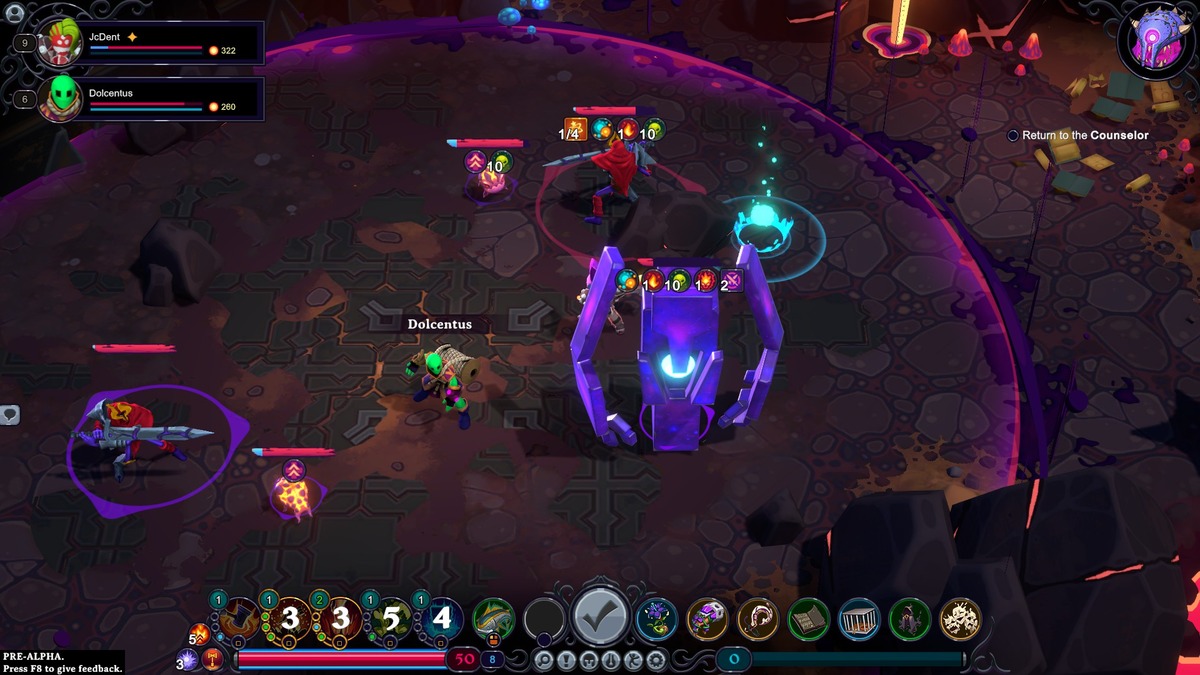

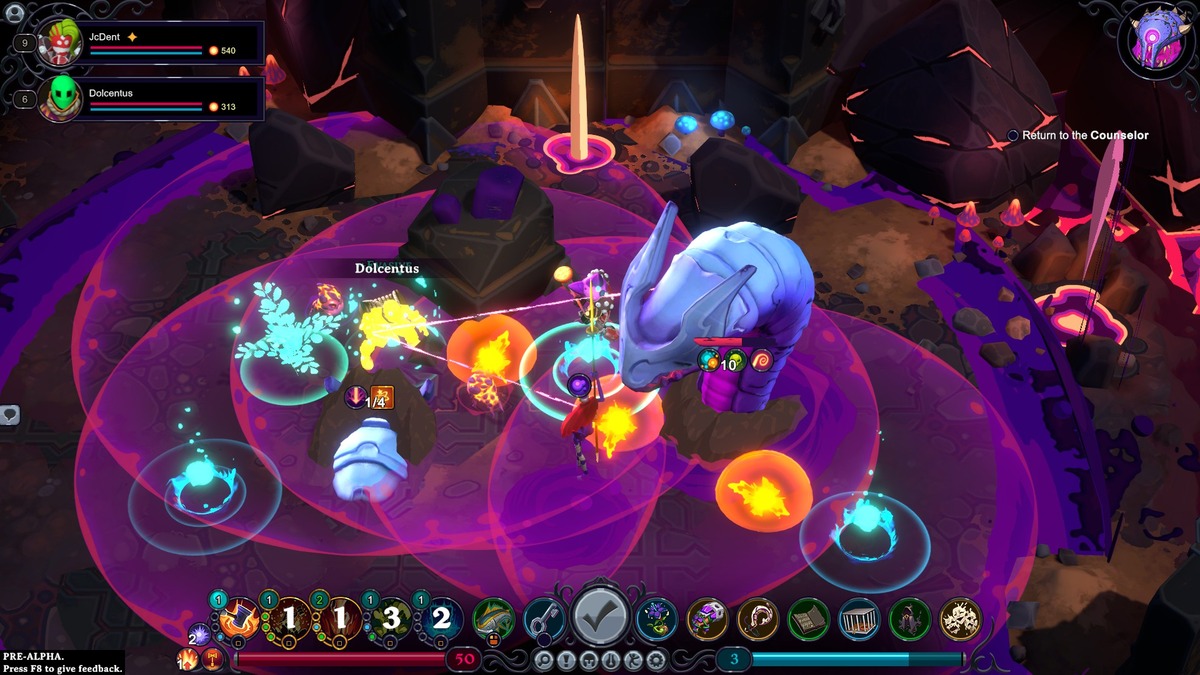
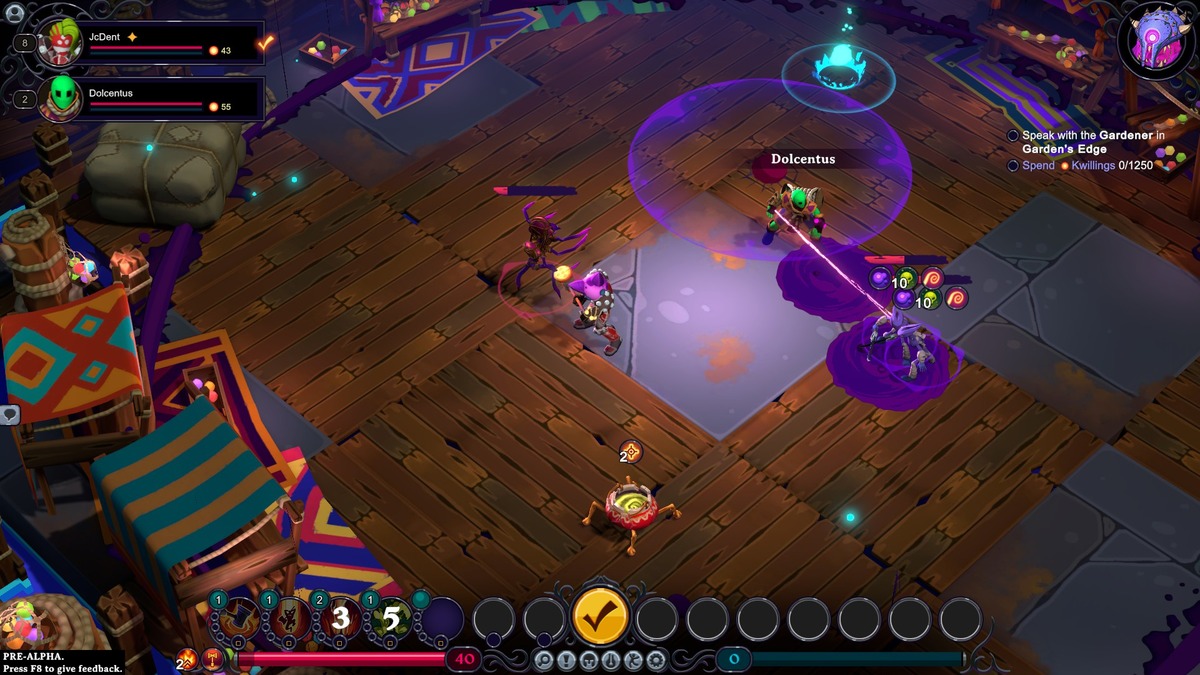
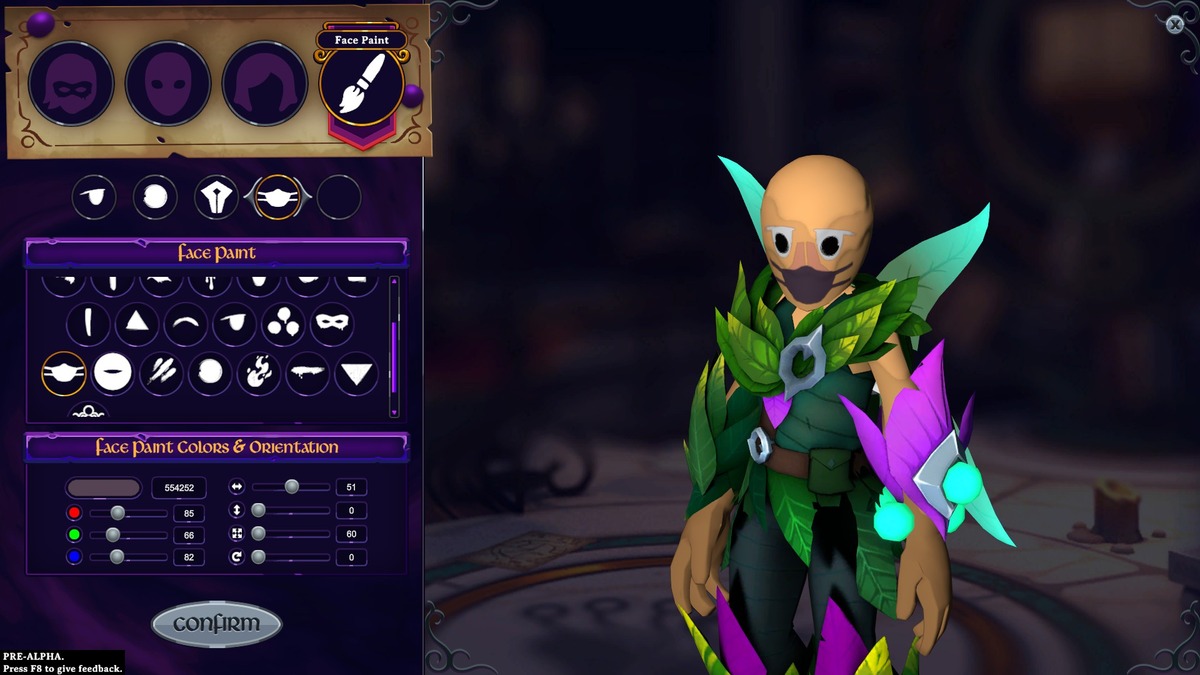
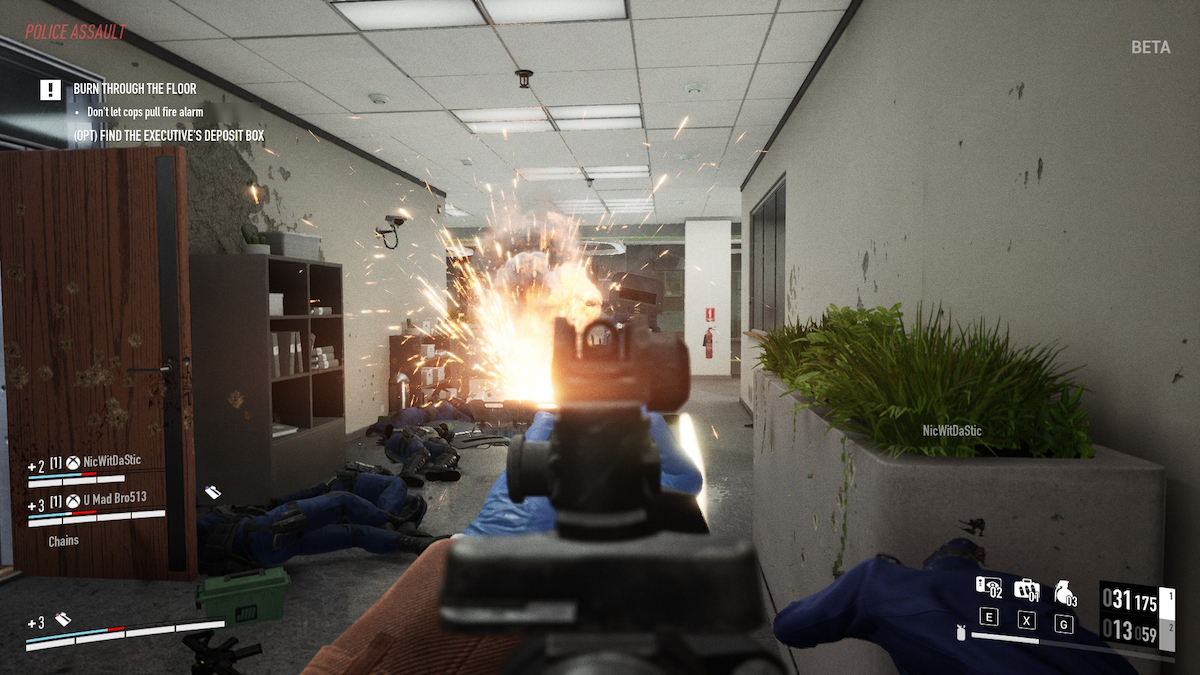
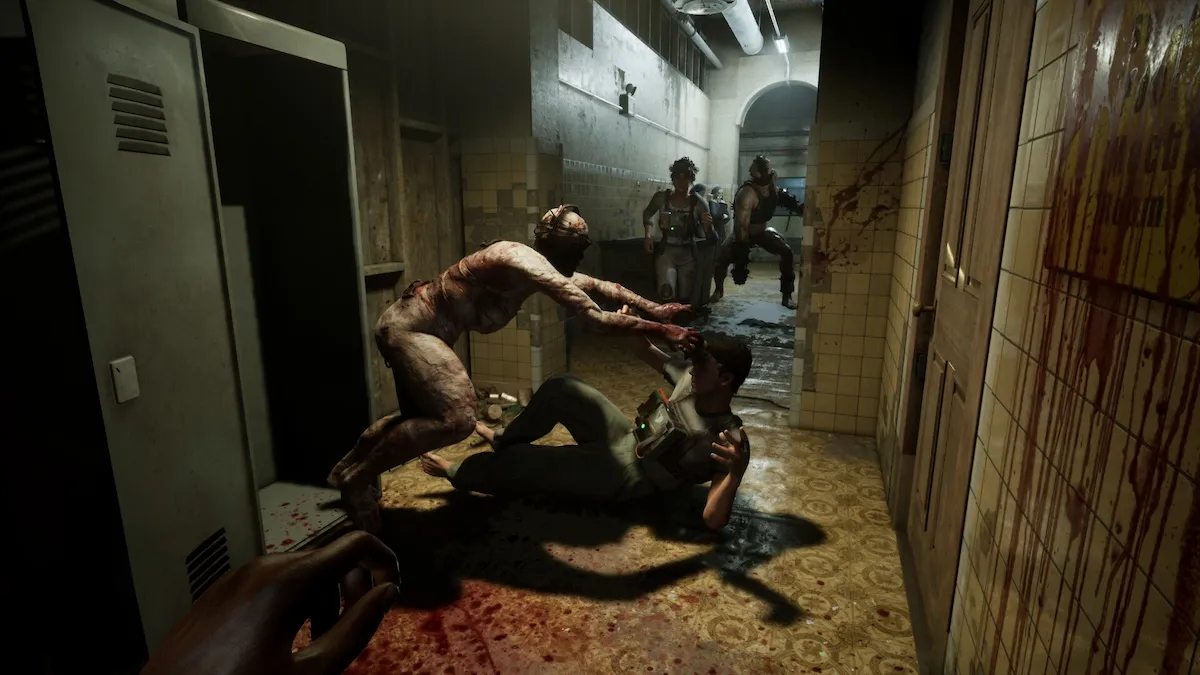
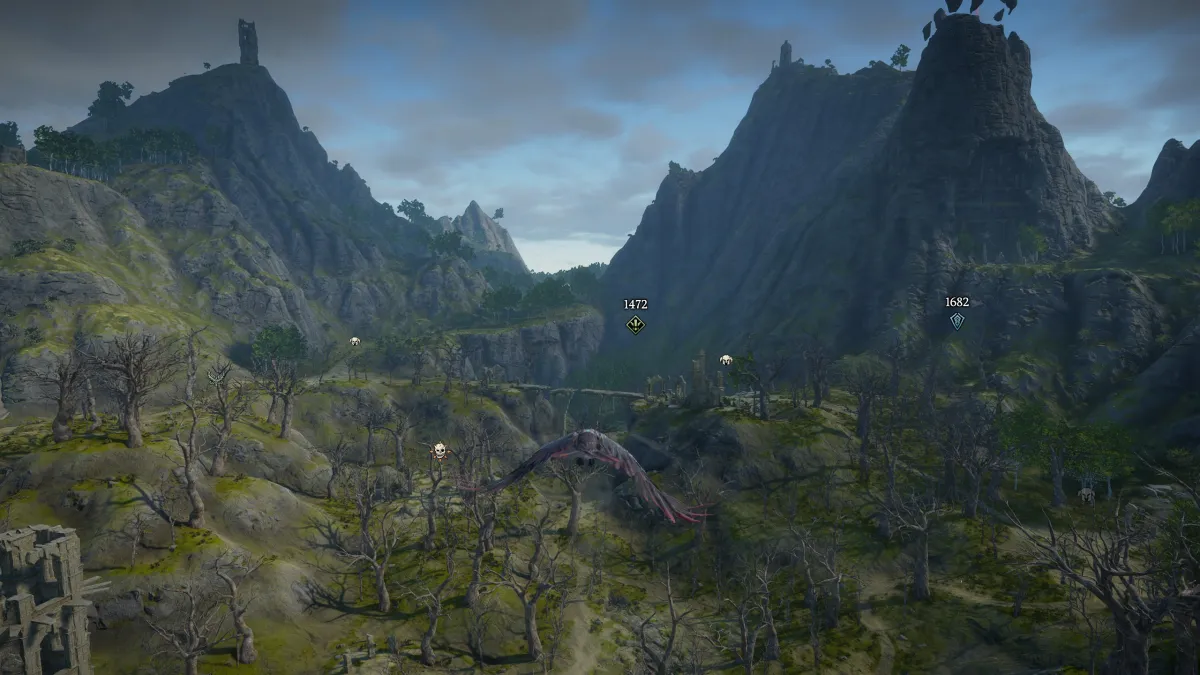
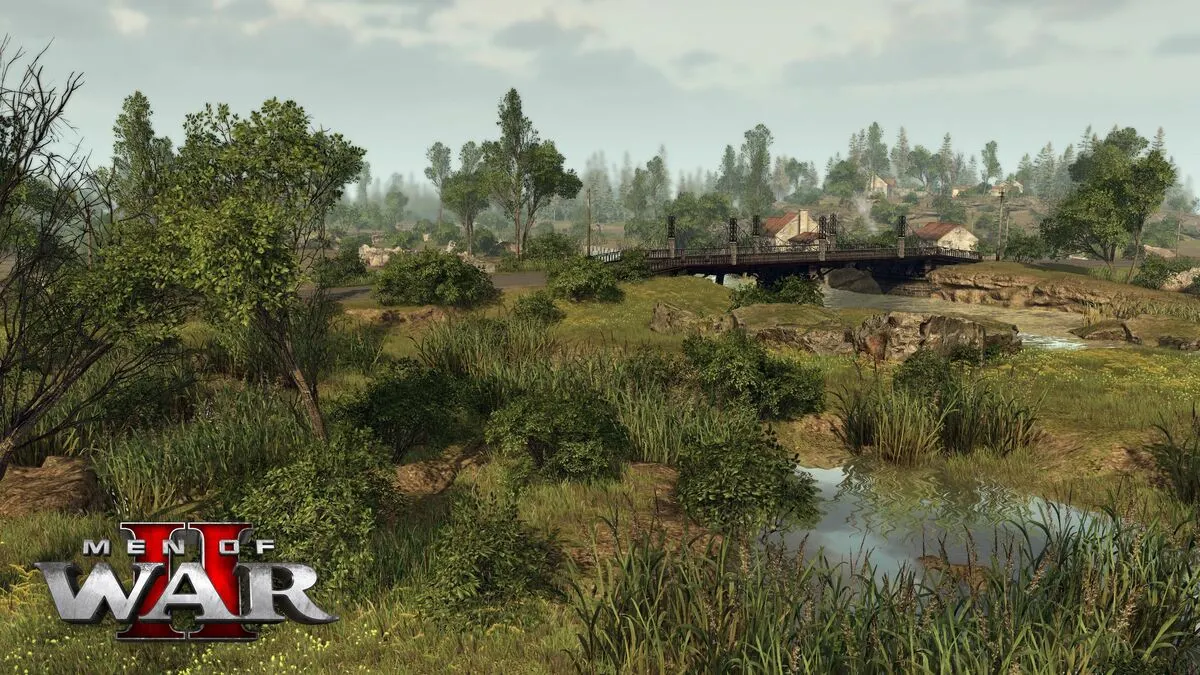
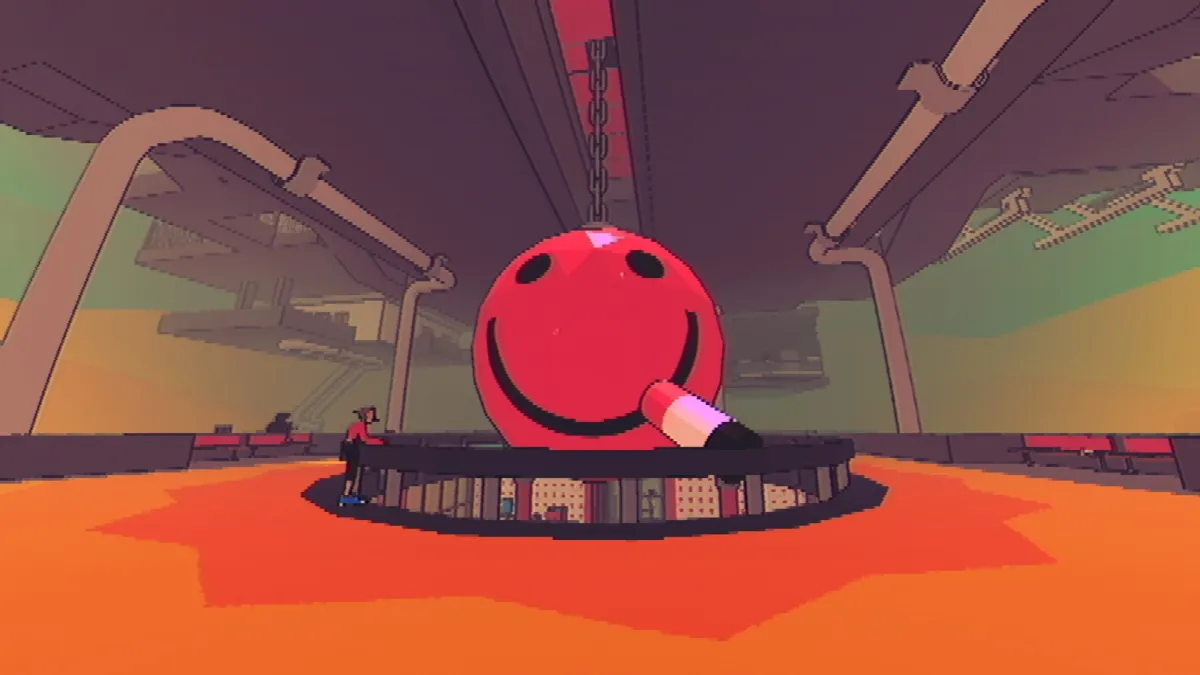
Published: Jan 24, 2023 4:30 PM UTC